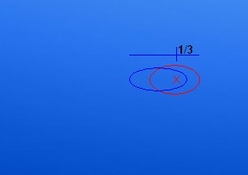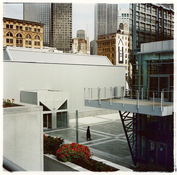Pieter12
Member
Composing images for maximum visual impact and for directing the eye and for creating senses of tension and repose has been around a lot longer than photography. Condensing composition into guidelines or rules is just a way to start understanding and getting a handle on the concepts and techniques. Painters have been learning rules of composition for centuries. The good ones go on to individualize and extend the impact of their compositions. Learning the rules of composition is like learning the rules of harmony; once mastered, you have a good jumping-off point for becoming an artist.
FWIW, composition and harmony are both based on how humans are hard-wired; our perception responds to certain arrangements more strongly than to others. Then there's education... but that's for another thread.
Best,
Doremus
And how does eye dominance figure into your statement?






 )
)

